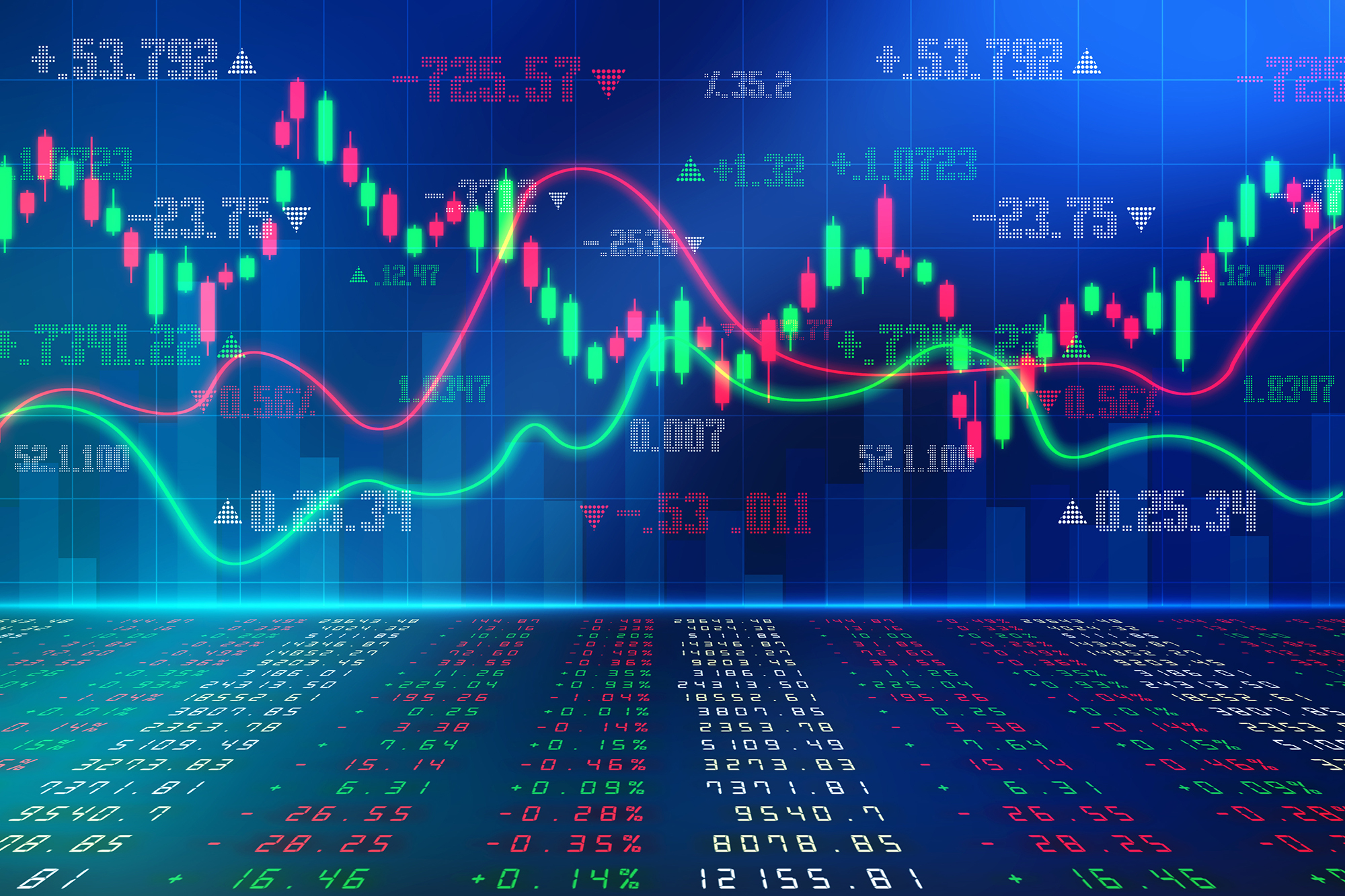Financial trading is often considered something exciting for first-time traders. And it is quite true too because the financial world promises a lot of benefits but does not provide much knowledge. It is a technical field and thus you become dependent on a broker. Since they know quite more than any investor too and are important for trades. Reasons why they have a high-end job.
But is it wise to enter a market that you don’t know anything about? People who belong to the business class would understand how much of a wrong move this is. You cannot enter something without having enough knowledge about the field and nature of work. Not unless you want losses, but in the financial world we assume all you had your eyes on was the profit margin! So, let us help you with this, what is spread in forex, how it works, and how your first trade could be a more professional move.
Understanding what is spread in forex
Talking about forex, Foreign Exchange, the activity of making international trades, the price that you will receive will be different. Either you get into buying or selling stocks, the price would still be different and that difference is what we call “Spread”. Now, this difference is dependable upon currencies only and the better currency will have a tight spread, meaningless difference and a liquid currency will have wider difference or spread, a proper visa-versa equation. Now when you go around looking for a broker for your first trade, you will end up with many advertisements and if you read them carefully, you will realize there is a lot of difference in the pricing. This is called a competitive spread, one of the forms of forex spread. What happens is the international banks or institutions that comprise the market are busy in foreign exchanges which causes a disturbance in the prices of bundles that other people are trading too. What these spreads do is that they keep the pricing tight, just like a markup that retailers often do, to keep a price fixed even if there is a loss, not much amount is hindered. The institutions that were mentioned earlier and brokers are trading in with this profit margin, markup or as we called it spread pricing, as an attempt to consistent profits even during the downfall.
Focusing on Liquidity for Spread
The difference in the spread is defined by the difference between the highest bid price and the lowest bid price. When you buy forex, you pay the asking price but when you sell, you are selling on the bid price. The biggest factor of this determinant is the bid’s liquidity. For example, USDZAR is a very liquid pair and much spread is noticed in this pair, however, EURUSD is a strong pair, and not much liquidity results in tight spreads which doesn’t allow much profit margins for brokers to trade.
So, in case you feel like you are asking to pay too much for a trade, then you can refer back to these points make a note, and try your first trade professionally



